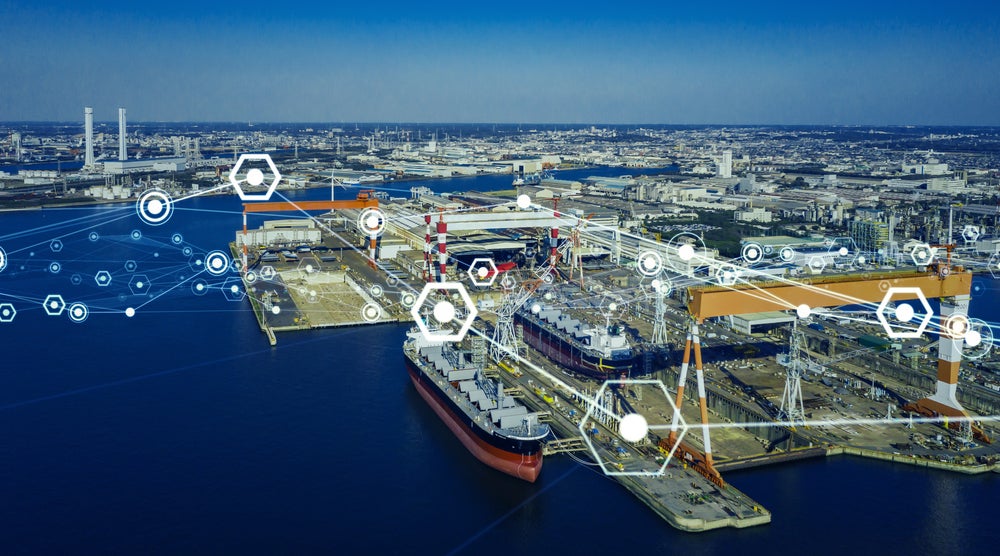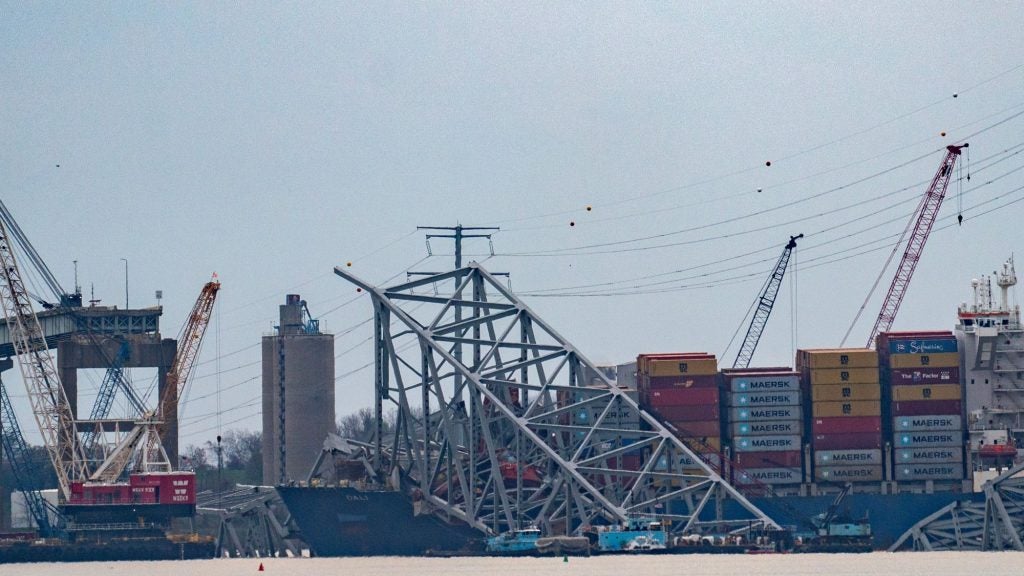The Port Authority of New York and New Jersey (PANYNJ) in the US has revealed two new environmental initiatives to support the port's existing programmes to further reduce emissions.
PANYNJ will partner with GCT New York and APM Terminals under the new demonstration project, which will see the retrofitting of two yard tractors at each of the Elizabeth and Red Hook container terminal facilities in Brooklyn, New York with auto stop-start hybrid technology.
The yard tractors are responsible for handling the largest number of on-terminal vehicles in the port, and as such currently contribute 33% of all the site's cargo-handling equipment emissions.
Each terminal will receive a retrofitting worth up to $72,000, which will be funded by PANYNJ. The retrofits are expected to minimise greenhouse gas emissions by around 25%.
The demonstration project is scheduled to be conducted for one year, and will also cover the collection of monitoring data from the retrofitted yard tractors.
See Also:
The data will be used by PANYNJ to evaluate the performance of the stop-start systems, in addition to the operational savings, air emissions reductions and commercial viability of the hybrid technology.
How well do you really know your competitors?
Access the most comprehensive Company Profiles on the market, powered by GlobalData. Save hours of research. Gain competitive edge.

Thank you!
Your download email will arrive shortly
Not ready to buy yet? Download a free sample
We are confident about the unique quality of our Company Profiles. However, we want you to make the most beneficial decision for your business, so we offer a free sample that you can download by submitting the below form
By GlobalDataPANYNJ port department director Molly Campbell said: “Our goal is to balance the need to efficiently and effectively deliver the goods within our port facilities, as well as to its final destination, while continuing to be good environmental stewards to the communities that surround our port facilities.
“These new programmes will supplement other major initiatives we have in place that address emissions reductions and air quality for those who live and work in the port community.”
PANYNJ has also outlined plans to sponsor a separate, four-week demonstration project of zero-emission cargo handling equipment at the Red Hook container terminal.
The project will explore air emissions reductions, as well as the ability to operate zero emission vehicles in a container terminal environment.







